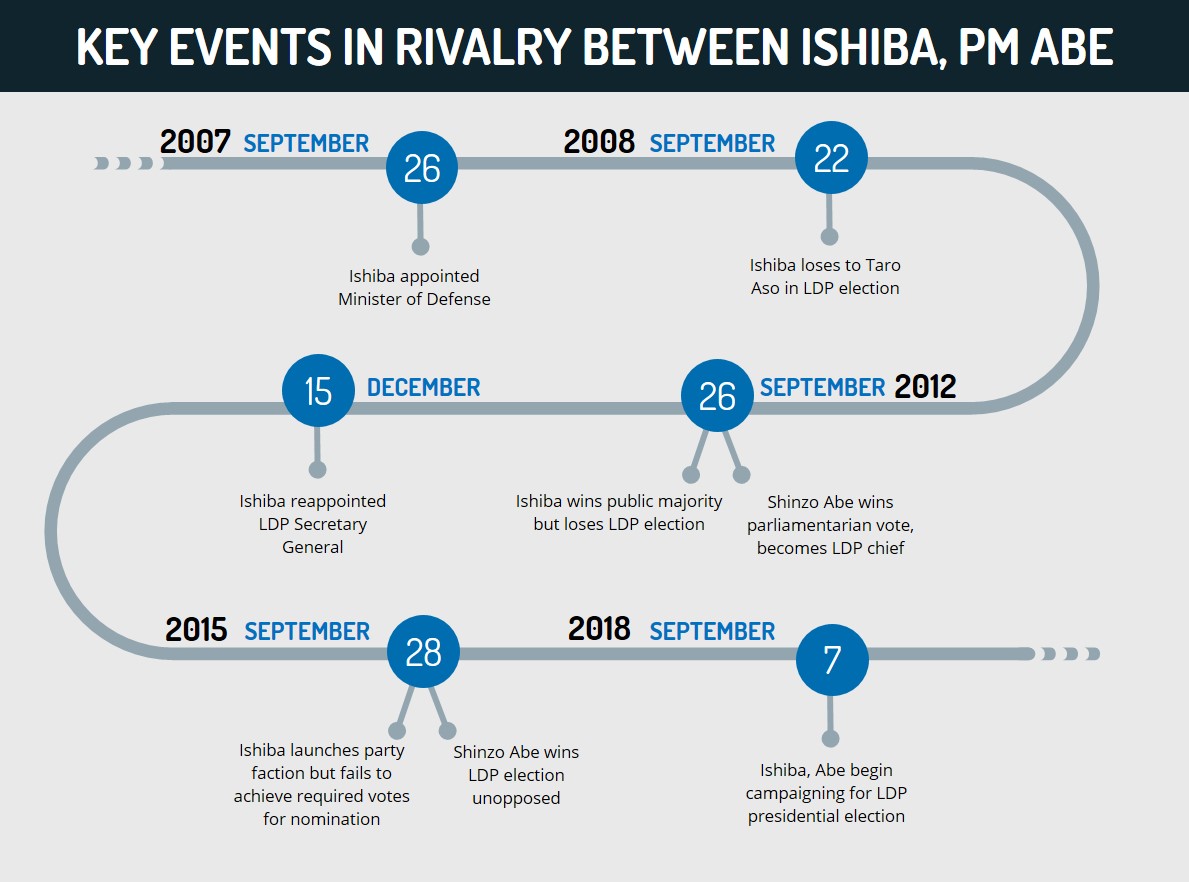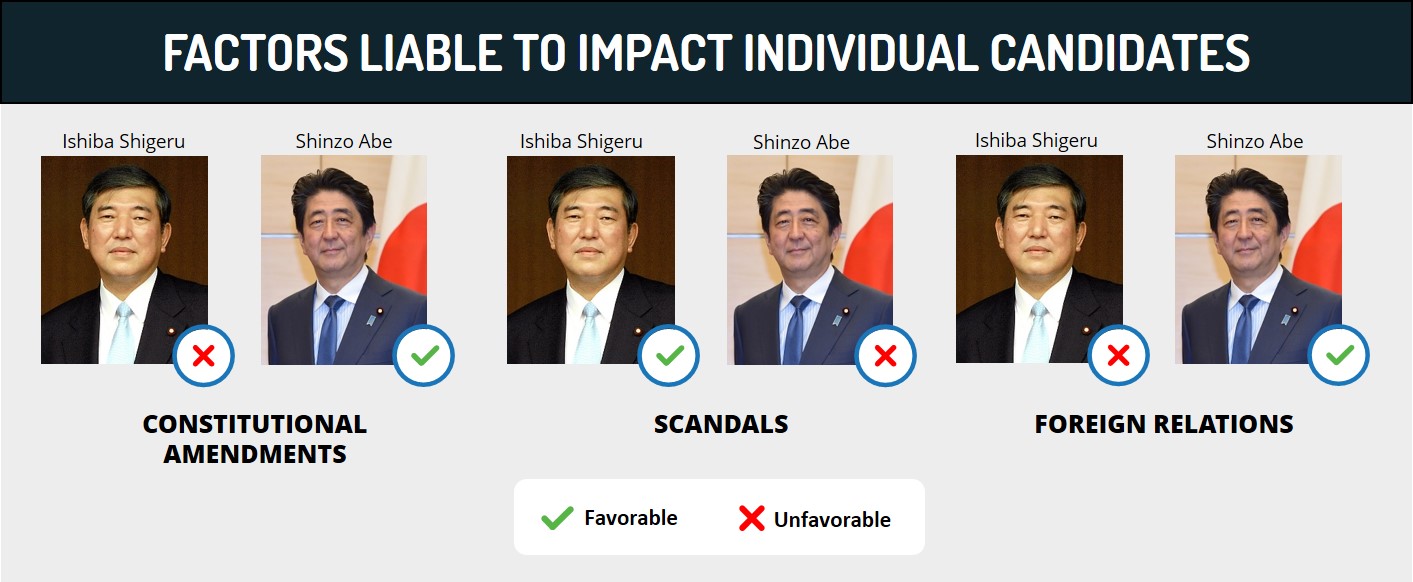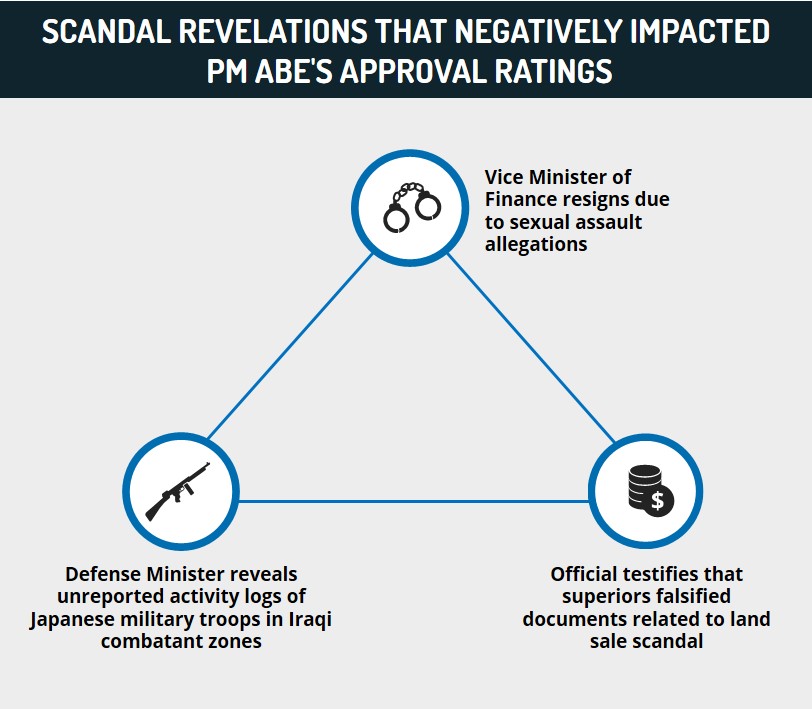Executive Summary:
- North Korea’s October 2 test of a Submarine-Launched Ballistic Missile (SLBM) indicates considerable progress in its solid-fuel weapons program.
- The launch may be viewed as part of a strategy to intensify pressure on the US in order to gain maximum concessions in view of Pyongyang’s perceived advantageous position.
- Denuclearization talks are unlikely to yield concrete results over the coming months given the US and North Korea’s differing expectations from the process.
- This is given that Washington appears to be pushing for a cessation of nuclear weapons development and Pyongyang is effectively attempting to secure a deal wherein it is allowed to maintain the requisite deterrence capabilities.
- Japan is likely to increasingly step up its role in negotiations relating to the Korean Peninsula. This follows PM Abe’s efforts to secure support for constitutional revisions towards increased militarization by citing the purported threat posed by North Korea.
- Travel to Seoul may continue at this time, while adhering to standard security protocols regarding protests, crime and the lingering risk of conflict with North Korea.
- We advise against nonessential travel to Pyongyang and North Korea given the risk of detainment of foreign travelers.
Current Situation:
- On October 2, North Korea tested the two-stage, solid-fuel Pukguksong-3 SLBM off its east coast near Wonsan. The missile traveled an approximate distance of 451-km in an easterly direction at a maximum altitude of 909-km. It is believed to have been launched from a submersible barge instead of an actual submarine. North Korea first test-launched a Pukguksong-1 missile, or an earlier variant of the latest device, from an underwater platform in 2016.
- The development, which represents the 11th missile test by Pyongyang since May, came hours after it agreed to hold working-level talks with the US on October 5.
- North Korea’s chief negotiator Kim Myong-gil claimed that denuclearization talks on October 5 failed after his US counterpart, Stephen Biegun, refused to offer a new negotiating strategy. He also expressed doubt on whether the US will be able to amend its negotiation terms before the next meeting between the two sides in the coming weeks, while reiterating that Pyongyang is unwilling to negotiate with Washington if it does not amend its “hostile policies”.
- A US spokesperson refuted Kim’s claims, stating that the official’s comments did not reflect the spirit of the discussion. The spokesperson further described the talks as positive. In April, North Korean leader Kim Jong-un demanded that Washington alter its current “maximum-pressure” sanctions strategy against Pyongyang by the end of the year.
- At present, the US administration is believed to be prepared to offer North Korea a three-year suspension of UN sanctions on textile and coal exports in exchange for the dismantlement of the Yongbyon nuclear facility and a halt on the production of enriched uranium.
- According to reports from October 3, Washington “unofficially” promised Pyongyang low-level sanctions relief including a partial resumption of tourism at Mount Geumgang in North Korea.
Assessments & Forecast:
SLBM launch indicative of significant progress in solid-fuel missile development
- The October 2 test is extremely notable for a number of reasons. Firstly, the Pukguksong-3 is the longest-range solid-fuel missile tested by Pyongyang to date. This fact gains further significance as the missile was launched at a lofted trajectory instead of a standard path that would have helped it to cover a larger distance. This may have been intentionally done so as to avoid threatening US territory such as Guam, which could have precipitated a much stronger response from Washington.
- Overall, the development is indicative of significant leaps in North Korean solid-fuel missile development over the past months, considering that this represents another step in its quest to perfect a solid-fuel Intercontinental Ballistic Missile (ICBM) capable of striking targets in the US. This is given that solid-fuel systems have an advantage vis a vis liquid-fuel systems in being more stable. Moreover, the generally compact nature of solid-fuel missiles allows them to be launched from mobile launchers. This makes it hard to counteract a potential strike given that these launchers can be moved immediately after engaging a target and can be quickly deployed from hidden structures such as tunnels.
- In addition, the potential deployment of an SLBM from a submarine is hard to detect, making these target packages immune to the first strike by enemy elements. In this context, and given that the Pukguksong-3 is a medium-range missile capable of hitting Japan and South Korea, the test represents a notable escalation in the paradigm of ongoing processes aimed at eventual peninsular denuclearization. In terms of signaling, a test in the eastward direction serves to deliver the message that Japanese territory is still accessible to North Korean warheads despite Tokyo’s acquisition of the Aegis Ashore ballistic missile defense systems. This is indicated by the missile’s landing in Japan’s Exclusive Economic Zone (EEZ). The test is also a more carefully-calibrated message to Washington, given that it is reflective of North Korean capabilities to target the US’ western seaboard from locations in the Pacific Ocean.
Weapons testing in quick succession likely part of ongoing effort to maximize leverage in relation to talks with US
- The spate of missile testing by Pyongyang from May-October appears to be aimed at pressuring the US to adhere to North Korean leader Kim Jong-un’s year-end ultimatum regarding sanctions. Moreover, this may be an effort to persuade the US to forego perceived hostile actions such as joint military exercises with South Korea, with the last such drills concluding on August 20. The SLBM test, in particular, can be viewed as part of Pyongyang’s planned strategy to head into the October 5 talks from a position of strength, especially when considering the test occurred just hours after it agreed to meet with Washington.
- At the same time, the fact that a high-profile test was conducted immediately prior to scheduled talks speaks to a degree of confidence in Pyongyang with regard to its perceived upper hand in negotiations as well as its broader understanding of Washington’s reaction and escalation patterns. FORECAST: As the year-end deadline approaches, similar attempts to pressurize Washington can be expected in the form of missile tests and escalated rhetoric. The timing of the launch amid growing calls for US President Donald Trump’s impeachment could potentially also suggest that Pyongyang will view such domestic diversions in the US as opportunities to push its testing program in the future.
- North Korea’s decision to participate in working-level talks was likely primarily motivated by the removal of US National Security Advisor John Bolton in the month prior, as this likely created expectations among North Korean officials that his departure will prompt the US to pursue a fresh and more lenient negotiating strategy, given his hawkish stance on the issue of peninsular denuclearization. The subsequent failure of talks may be attributed to the absence of a new strategy employed by Washington, and the resultant gulf in expectations regarding potential meeting outcomes. Conflicting claims by US officials regarding the outcome of talks, as well as their reported agreement to meet again in Sweden in the coming weeks for additional negotiations, further lend credence to the prevailing divergence in perceptions over negotiations between Washington and Pyongyang. FORECAST: This suggests that the current stalemate will prolong into the near future, although channels of communication at multiple levels will likely remain open in the absence of a defining change to the status quo by either side.
- US President Trump’s decision to move forward with the October 5 meeting in spite of the SLBM test suggests that further testing is unlikely to jeopardize denuclearization talks, at least for the time being. His relative restraint is likely tied to a desire to rehabilitate his political image through a major foreign policy victory ahead of the US presidential elections in November 2020. FORECAST: It is important to note, however, that domestic pressure on President Trump is liable to increase as a consequence of the most recent test. This is due to Pyongyang’s launch of an SLBM, as this particular type of weapon, if perfected, will ultimately extend North Korea’s maritime reach and increase the threat level towards Washington. Over the long term, sustained pressure in this regard may prompt President Trump’s administration to take an incrementally hardline approach, raising the potential for backlash by Pyongyang and further scuttling the prospects of a larger de-escalation. This may comprise a potential backtracking on proposed initiatives such as the aforementioned low-level sanctions relief package with eased restrictions on tourism.
Japan to escalate calls for tougher stance on Pyongyang, seek more active role in regional talks
- Pyongyang has repeatedly condemned South Korea’s efforts to boost its deterrence capabilities, which most recently included Seoul’s purchase of F-35 stealth fighter jets from a US-based company. In this light, South Korea’s display of the newly-acquired aircraft during a patrol over the East Sea on October 1 may have factored into the North’s latest test. Precedent for this was established in the string of short-range tests by North Korea that began in July to rebuke the aforementioned US-South Korea military drills in August. Nevertheless, Seoul’s failure to condemn the short-range tests likely signaled to Pyongyang that its weapons development efforts will continue to be viewed as not posing an imminent existential threat. South Korea’s August decision to not renew the General Security of Military Information Agreement (GSOMIA) intelligence-sharing pact with Japan, which was forged on the basis of both countries’ shared threat perception of North Korea in 2016, likely reinforced notions that Seoul places the current threat from Pyongyang on a lower scale.
- Japan expectedly condemned the SLBM test; however, October 4 reports indicate that Japanese Prime Minister Shinzo Abe reiterated his desire to meet with Kim Jong-un to discuss the longstanding issue of Japanese nationals purportedly abducted by North Korean agents. PM Abe’s request for a one-on-one meeting may have to do with the fact that Tokyo and its interests have been sidelined in the format of the current negotiations, even as Washington has largely refused to strongly condemn the North Korean threat or advocate on Japan’s behalf. The call for a meeting is likely also an attempt to increase nationalistic sentiments among his electorate by drawing attention to the alleged threat posed by Pyongyang. FORECAST: This will work favorably for PM Abe as he pursues initiatives to boost Japanese military capabilities through constitutional revisions in the coming months. Further, Tokyo will likely capitalize on the SLBM test to potentially restore security coordination with Seoul, as evidenced by its offer to renew the GSOMIA pact on October 3.
Recommendations:
- Travel to Seoul may continue at this time, while adhering to standard security protocols regarding protests, crime and the lingering risk of conflict with North Korea.
- We advise against nonessential travel to Pyongyang and North Korea given the risk of detainment of foreign travelers.
- During periods of armed escalation between North and South Korea, we advise against all nonessential travel to the vicinity of the Demilitarized Zone (DMZ) and the Yeonpyeong-do Islands.




